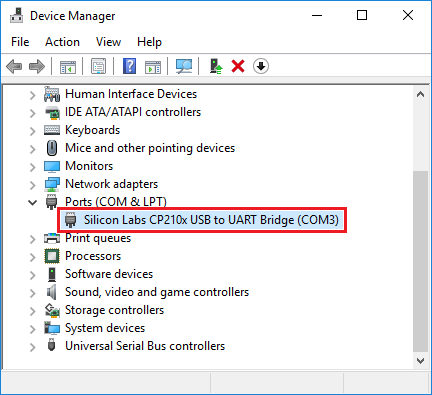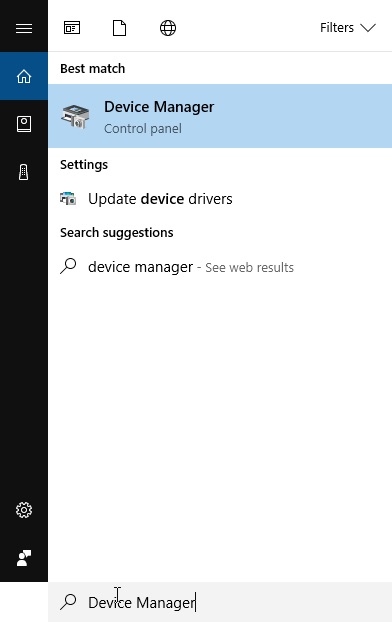Drivers Virtual USB Devices
Microsoft-provided USB drivers USB device-side drivers in Windows A set of drivers for handling common function logic for USB devices. USB host-side drivers in Windows Microsoft provides a core stack of drivers that interoperate with devices that are connected to EHCI and xHCI controllers.
You can add one or more USB passthrough devices from an ESXi host to a virtual machine if the physical devices are connected to the host on which the virtual machine runs.


Virtual COM port (VCP) drivers cause the USB device to appear as an additional COM port available to the PC. Application software can access the USB device in the same way as it would access a standard COM port. Where do I start if I want to create a virtual USB device (for example, a virtual USB mouse which looks like a real USB mouse attached to a USB port) for testing/learning. So far what I understand is the HIDClass driver (hidclass.sys) has a minidriver for the usb bus (hidusb.sys) that carries out the enumeration of attached USB hardware. Installing the Virtual COM Port Driver Caution: Do not connect the SCU-17 or transceiver to the computer via the USB cable until the virtual COM port driver installation process has been completed. Connecting the SCU-17 or transceiver to the computer via the USB cable before the driver installation has been completed may result in the. 'No device drivers were found' when installing Windows 10 using a USB I have just finished a PC build and when booting windows it tells me 'No device drivers were found'. Many users have said simply to switch USB ports to 2.0 ports but my PC case is a newer model and only has USB 3.0 ports.


If a USB device is connected to another virtual machine, you cannot add it until that machine releases it.
Note:
If you have the Apple Frontpanel Controller device in your environment, you can safely add it to a virtual machine. However, this device has no documented function and no known use. ESXi hosts do not use it and do not provide Xserver functionality for USB passthrough.
- Verify that the virtual machine is compatible with ESX/ESXi 4.0 and later.
- Verify that a USB controller is present. See Add a USB Controller to a Virtual Machine.
- To use vMotion to migrate a virtual machine with multiple USB devices, enable all attached USB devices for vMotion. You cannot migrate individual USB devices. For vMotion limitations, see Configuring USB Devices for vMotion.
- When you add a CD/DVD-ROM drive that is backed by a USB CD/DVD drive on the host, add the drive as a SCSI device. Hot adding and removing SCSI devices is not supported.
- Verify that you know the virtual machine requirements for USB devices. See USB Configuration from an ESXi Host to a Virtual Machine.
- Required privileges: Virtual Machine.Configuration.HostUSBDevice
Drivers Virtual Usb Devices Usb
Procedure
Drivers Virtual Usb Devices Wireless Adapter
- Right-click a virtual machine in the inventory and select Edit Settings.
- On the Virtual Hardware tab, click the Add New Device button.
- Select Host USB Device from the drop-down menu.The new USB device appears at the bottom of the Virtual Hardware device list.
- Expand New USB Device, and select the device to add. You can add multiple USB devices, but only one device at a time.
- If you do not plan to migrate a virtual machine with USB devices attached, deselect the Support vMotion option. This action reduces migration complexity, which results in better performance and stability.
- Click OK.